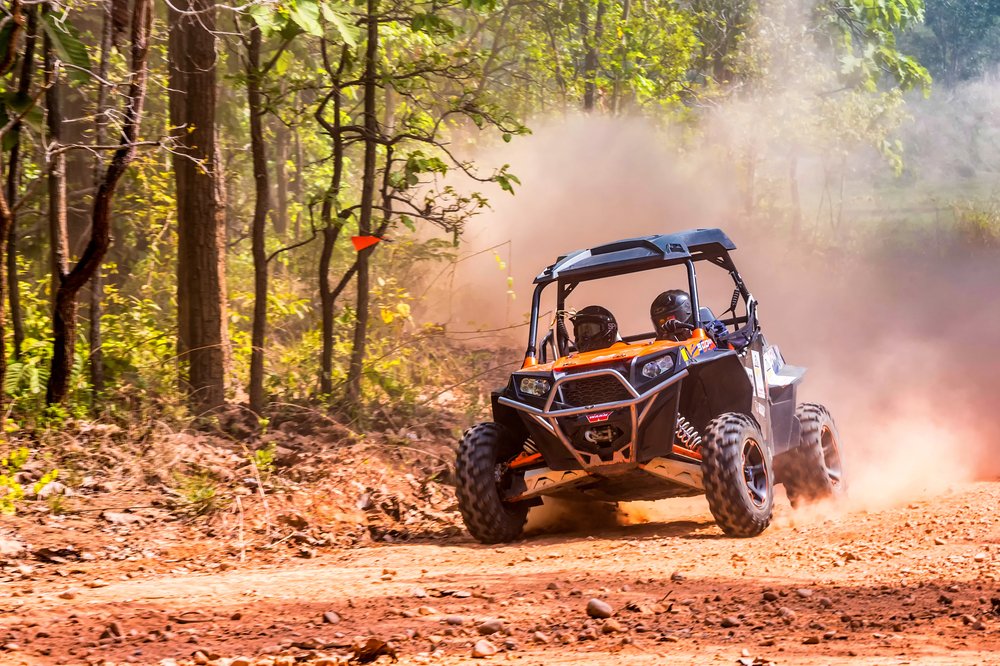Myths and Truths About Off-Road Vehicle Insurance

Many misconceptions about off-road vehicle insurance are circulating on the internet, making people confused about choosing coverage. That’s why we have debunked some common off-road vehicle insurance myths here so that you will know the facts. This way, you can decide on the coverage you need.
Myth 1 – Off-Road Vehicle Insurance Is Not Necessary
We all know that auto insurance is mandatory to drive legally, but people take chances when insuring off-road vehicles. Most often, they deny buying the coverage. They think it is unimportant, or their homeowners policy covers it. However, off-road vehicles are neither covered by your home nor your renters insurance. You must buy it separately to protect yourself from liability claims, lawsuits, and accidents caused by uninsured and underinsured motorists.
Myth 2 – Off-Road Vehicle Insurance Costs More
Most people deny buying off-road vehicle insurance because they think it is expensive. Nevertheless, off-road vehicle insurance, including only liability coverage, costs around $100 a year, while the average premium is about $350 a year. You can increase your liability coverage or opt for an umbrella policy if you want extended protection.
Myth 3 – Customizations in Off-Road Vehicles Are Covered by Insurance
Off-road vehicles include several customizations, from hand-warmers to brush-guards, heavy-duty tires and rims, etc. However, these customizations are not considered original equipment manufacturers (OEM), so they will be excluded from the coverage.
Some companies may include a nominal amount in the base policy for customizations, but costly additions will not be covered. You may need to increase your coverage limits or purchase additional coverage to protect them. If you buy an additional policy, you may get coverage for your safety gear, such as boots, helmets, or riding jackets.
Myth 4 – Assuming Roadside Assistance Will Cover Off-Road Vehicles
While some people never come out of their residence or city, many ride or trailer their vehicles to hundreds or thousands of miles of designated ATV and snowmobile trails across the U.S. Also, they believe that having auto roadside assistance coverage will get them a tow whenever and wherever they need it.
However, they need to notice that towing coverage is only for declared vehicles or some types of vehicles, such as motorcycles, cars, and recreational vehicles. This means off-road vehicles, such as side-by-side vehicles, snowmobiles, and ATVs, are excluded.
Nonetheless, you should insure these vehicles under motorcycle or off-road-vehicle insurance and include roadside assistance coverage. In that case, you can get flat tire assistance, fuel delivery, and towing assistance, provided the vehicle is close to a public road. This is because tow trucks are not off-road vehicles, so they cannot tow your off-road vehicle on unpaved surfaces.
Now that you know what is covered and what is not covered in an off-road vehicle insurance policy. You can better choose the coverage you need and determine if there are any add-ons you may require for comprehensive protection.
Get Best-in-Class Off-Road Vehicle Insurance from Jack Stone Insurance Agency
At Jack Stone Insurance Agency, we are committed to providing the highest possible coverage and assistance during your off-road rides. That’s why we offer all-inclusive off-road vehicle insurance that sufficiently covers your vehicle with extensive protection. Contact us today to start creating a policy for your unique needs, so you can enjoy your ride without worrying about unfortunate events.







